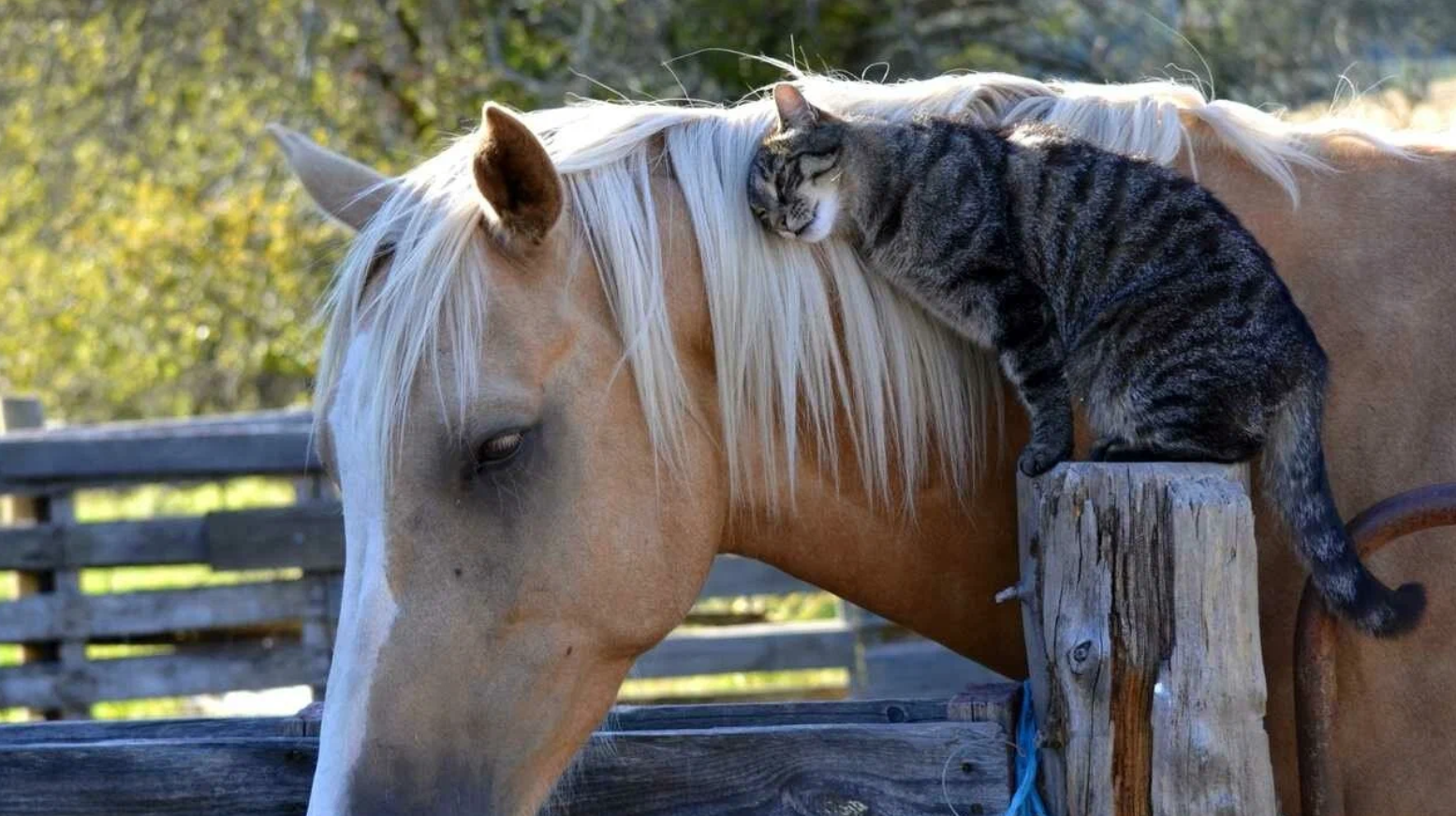The Silent Suffering: Cruelty Against Dogs and Cats

In a world where dogs and cats are often viewed as beloved companions, it is heartbreaking to acknowledge the cruelty many of these animals still endure. Despite the affection these animals inspire in much of the world, countless dogs and cats face abuse, neglect, and exploitation. While cruelty to animals, in general, is a troubling issue, the abuse directed at domesticated pets like dogs and cats is particularly concerning because of their proximity to humans and their reliance on human care. This article sheds light on the various forms of cruelty faced by dogs and cats, the reasons behind these acts, and the moral imperative to protect these innocent creatures.
The Forms of Cruelty Against Dogs and Cats
Cruelty against dogs and cats manifests in several ways, ranging from physical abuse to psychological trauma and neglect. The sheer diversity of ways in which these animals are harmed reflects the complexity of the issue.

Physical Abuse: One of the most visible forms of cruelty is direct physical harm. Dogs and cats are often beaten, kicked, or even tortured by individuals for reasons as trivial as frustration or entertainment. Animal shelters and rescue organizations frequently receive dogs and cats with broken bones, scars, and other signs of abuse. In some extreme cases, these animals are victims of deliberate acts of violence, such as being set on fire, poisoned, or mutilated.
Neglect: Neglect is one of the most common, yet often overlooked, forms of cruelty. It involves failing to provide the basic necessities required for an animal’s well-being, such as adequate food, water, shelter, and medical care. Cats and dogs left alone for days or confined to small spaces without proper care suffer physically and emotionally. Their suffering is exacerbated by the isolation, malnutrition, and exposure to harsh weather conditions. Starvation, untreated infections, and other preventable health issues plague neglected pets

Whether dumped on the streets, in rural areas, or left behind after a move, these animals are exposed to hunger, disease, and the dangers of traffic. The emotional toll on pets who have been abandoned is profound. They often experience confusion, fear, and depression, unable to understand why the humans they trusted have left them behind.
Animal Hoarding: Another form of cruelty comes from well-meaning individuals who may start by rescuing or adopting a few pets, but eventually collect far more than they can care for properly. These “animal hoarders” often live in squalid conditions with dozens, sometimes even hundreds, of dogs or cats in cramped, unsanitary environments. The animals in these situations suffer from malnutrition, disease, and a lack of basic care. In hoarding cases, cruelty often results not from malice but from mental health issues, making it a particularly complex form of abuse.
Commercial Exploitation: Puppy mills, kitten farms, and illegal breeding operations exploit dogs and cats for profit. These facilities prioritize financial gain over the well-being of the animals, subjecting them to inhumane conditions. Breeding animals in such settings often live their entire lives in cages, receiving minimal socialization, exercise, or veterinary care. The puppies and kittens produced in these mills are often sold to pet stores or directly to consumers, perpetuating a cycle of abuse. Many of these animals suffer from genetic defects, diseases, and behavioral problems due to poor breeding practices and the lack of proper care.
Psychological Trauma and Emotional Cruelty

The physical wounds suffered by dogs and cats are often visible and easier to document, but the psychological damage inflicted by cruelty can be just as devastating. Dogs and cats are intelligent, sentient beings capable of forming deep emotional bonds with humans. When subjected to abuse or neglect, they often develop fear, anxiety, and trust issues.
For example, dogs who have been beaten or neglected may become aggressive or overly submissive, while cats who have suffered abandonment might exhibit signs of depression, hiding away from human contact or refusing to eat. Animals that have experienced long-term cruelty may display symptoms of post-traumatic stress disorder (PTSD), such as trembling, hyper-vigilance, or compulsive behaviors.
The emotional scars left by cruelty can make it difficult for rescued animals to integrate into loving homes. Many abused dogs and cats require patience, specialized training, and time to heal emotionally before they can trust humans again. This highlights the long-term impact of cruelty, which goes beyond the immediate physical harm and often affects an animal’s entire future.
Reasons Behind Animal Cruelty

Understanding the reasons why people harm dogs and cats is essential to addressing the root of the problem. While some forms of cruelty stem from ignorance, others are rooted in deeper societal issues.
Ignorance and Lack of Awareness: Some people simply do not realize the harm they are causing. They may not understand the needs of dogs and cats or the long-term consequences of neglect. For instance, leaving a dog tied up outside for long periods, with no food or water, may seem acceptable to individuals who are unaware of the emotional and physical suffering this causes.
Cultural Factors: In some cultures, dogs and cats are not viewed as pets in the same way they are in Western societies. In certain regions, dogs might be seen as pests or working animals with little emotional value. This cultural perception can contribute to the normalization of cruelty or neglect.
Mental Health Issues: In cases of animal hoarding, cruelty is often linked to mental health disorders such as obsessive-compulsive disorder (OCD) or severe depression. Hoarders may believe they are helping the animals, even as they subject them to horrendous living conditions. Additionally, some individuals who engage in intentional abuse or torture of animals may suffer from psychiatric conditions, including antisocial personality disorder.
Economic Factors: Poverty and economic hardship can also contribute to cruelty. Families struggling to make ends meet may neglect or abandon their pets because they cannot afford food, veterinary care, or proper housing for them. In some instances, people exploit dogs and cats for profit, breeding them in inhumane conditions and selling them for money, viewing the animals as commodities rather than sentient beings.
The Moral Imperative to Act

Cruelty to animals, particularly dogs and cats, is a clear violation of basic ethical principles. As the dominant species on Earth, humans have a moral responsibility to protect and care for the animals that depend on them. Domesticated animals, like dogs and cats, have evolved to live alongside humans and have developed a unique bond with us. This relationship places the onus on humans to ensure their well-being.
Religious teachings, ethical philosophies, and scientific studies alike affirm the importance of kindness toward animals.
Many religious traditions emphasize mercy and compassion for all of God’s creatures. Secular ethical frameworks also argue that any being capable of suffering deserves moral consideration. Studies in animal behavior have revealed that dogs and cats experience complex emotions like joy, fear, and love. This only underscores the moral wrongness of their mistreatment.
Dogs and cats, some of the most common companions in households worldwide, often face a grim reality that goes unnoticed—their vulnerability to abuse and cruelty. While many families cherish their animals, others neglect, abuse, or exploit them in horrific ways. This hidden crisis reflects deeper societal issues and a lack of awareness about animal welfare. Cruelty against dogs and cats takes many forms: physical violence, emotional neglect, commercial exploitation, and abandonment. In this article, we will explore these forms of cruelty, the factors that drive them, and the urgent need for action to protect these voiceless beings.
Physical Abuse: The Visible Face of Cruelty
Society rightly condemns violence against people, yet it often overlooks the similar suffering animals endure, especially pets, behind closed doors. Physical abuse involves beating, kicking, burning, or otherwise harming the animal. Many abusers target dogs and cats out of frustration or anger, projecting their emotions onto these defenseless companions.
This violence frequently leads to severe injuries that cause long-term suffering or even death. Shelters around the world regularly take in animals with broken bones, open wounds, and signs of intense trauma. These cases highlight just how widespread this cruelty is. Sometimes, the abuse is intentional and systematic, driven by a desire for entertainment or by deep psychological issues in the abuser.
Neglect: The Silent Suffering
Neglect may not leave visible scars, but its impact can be just as devastating. Unlike physical abuse, neglect often goes unnoticed, yet it causes slow and prolonged suffering for countless dogs and cats. Many people mistakenly believe that as long as an animal isn’t being beaten, it’s not being mistreated. This assumption couldn’t be further from the truth.
Neglected animals often go without food, clean water, proper shelter, or medical care. In extreme cases, owners leave their pets alone for days or even weeks—locked inside homes, backyards, or basements with no human interaction. Like humans, dogs and cats need companionship and mental stimulation. Without it, they can spiral into anxiety, depression, and emotional distress. When injuries or illnesses go untreated, the suffering only deepens, and the animal’s health gradually deteriorates.

Abandonment stands as a particularly insidious form of cruelty that often goes unnoticed. Every year, countless people abandon their dogs and cats. Sometimes, they can no longer care for them; other times, they simply lose interest. These animals often end up on streets, in parks, or in shelters already overwhelmed. Without support, they struggle to survive, facing hunger, disease, traffic, and predators.
What makes abandonment especially cruel is how it shatters the trust pets develop with their humans. Dogs and cats are social creatures who build strong emotional bonds with their owners. When someone abandons them, they not only face physical danger but also suffer profound emotional trauma. Many rescued pets struggle with anxiety and trust issues long after their rescue. These emotional challenges often make it hard for them to adjust or find new, loving homes.



